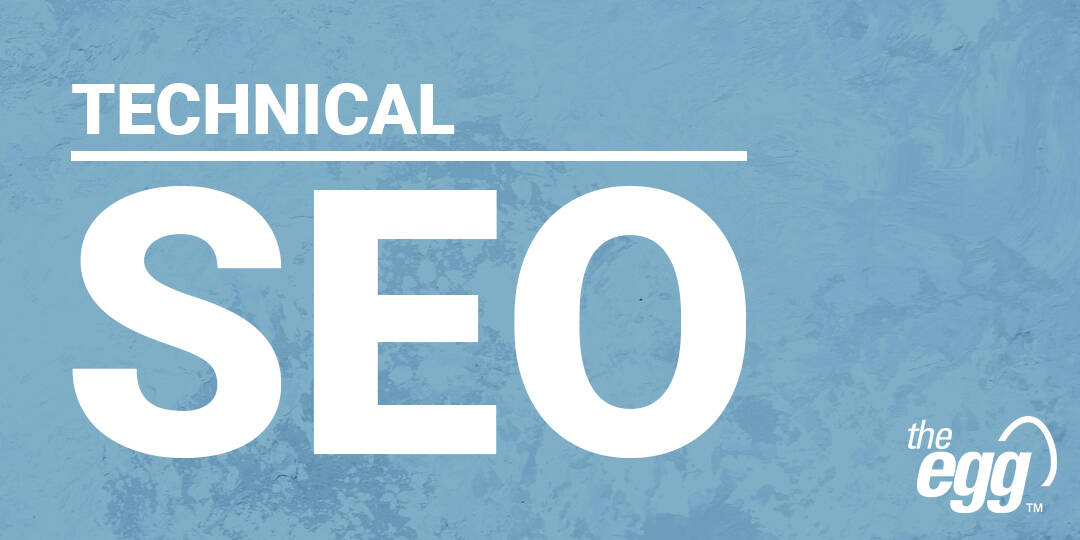Do you have a website that you want to rank higher on SERPs, but you’re not sure how? Looking at your technical SEO might be a good place to start. Technical SEO is the foundation of any sound SEO project—it helps search engine spiders crawl and index your website more effectively.
Here, we give 5 tips on how to improve your technical SEO and rank higher on SERPs.
Technical SEO Basics
But before we dive into the tips, we should cover a few technical SEO basics, so you can understand how search engines crawl and index a website before they rank it.
Crawling
Search engine spiders continuously crawl the internet, looking for content by visiting different webpages. Crawlers are like librarians searching for new books from the bookshelf.
Indexing
Search engines must read and analyse content before indexing it. When a search engine indexes a page, it is like a librarian categorizing a book or putting a book in the right place for people to find easily.
Pro-tip: you can check whether search engines have indexed your website by entering your domain in the search bar. If your website appears in the search result, your website is successfully indexed.
Ranking
Search engines rank websites based on myriad factors, like relevancy, accuracy, and authority. This is like a librarian ranking reading lists based on topics of interest.
Now that you understand crawling, indexing, and ranking, let’s dive into the 5 tips for improving your technical SEO.
Improve your Technical SEO Tip 1: Sitemaps
It is crucial for your website to include a sitemap as it tells search engines to crawl your pages.
There are 2 main types of sitemaps: XML sitemap and HTML sitemap.
In your sitemap, you should include all the URLs that you want crawled. You should not include error pages, duplicate pages, or low-quality pages, as you likely don’t want these crawled or indexed.
Improve your Technical SEO Tip 2: Status Codes
Status codes serve as a sign for search engine crawlers as to whether the page is open for crawling and how to deal with the content. There are 6 status codes for different purposes:
Status Code 200
This indicates that the page is good to crawl, cache, and index.
Status Code 301
This indicates that the page is permanently moved to a new page, and all users should redirect to the new page. Thus, the original page shouldn’t be crawled, cached, or indexed. This status code is more SEO-friendly than status code 302.
Status Code 302
This indicates that the page is temporarily moved, but the crawler should not drop it from indexation. Crawlers and users are redirected to a new page.
Status Code 404
This indicates that the page no longer exists and is inaccessible. Crawlers cannot index pages with 404 errors.
Status Code 500
This indicates that a server error occurred, and the content on the page is unavailable to crawlers and users.
Status Code 503
This indicates that the page is temporarily unavailable but requests that crawlers and users return later.
Pro-tip: You should avoid status codes 404, 500, and 503 as they aren’t SEO friendly.
Improve your Technical SEO Tip 3: URL Optimisation
Before jumping into URL optimization, you should understand URL composition:
- Protocol: http or https
- Subdomain: www. or custom
- Domain name: your unique website name
- Top-level domain: .com, .org, .cn, etc.
The protocol is a set of rules to communicate from servers and routers to endpoints. Https (hypertext transfer protocol secure) has greater security than http (hypertext transfer protocol), so websites with https will likely rank higher than those with http.
Subdomains can be www. or customized. A subdomain is often used to create a new section of a website that you do not want to be considered as part of the main site.
In other words, search engines see the subdomain as a separate website from the main site; thus, the authority of the main site is not transferred to the subdomain.
If you want a custom subdomain, it can be location-specific or sub-sections, etc., but it is best to keep it keyword-focused.
For example, if it is to indicate a blog section, then the subdomain can be https://blog.example.com.
However, using subdomains are not as SEO-friendly as using subfolders. Subfolders can serve a similar purpose as subdomains, because to a user they are viewed as a new section of a site. However, subfolders retain the authority of the domain, because crawlers don’t view them as separate sites.
An example of a subfolder structure is https://example.com/blog.
Pro-tip: You should keep your URLs short, keyword-focused, consistently formatted across the site, and parameter-free.
Improve your Technical SEO Tip 4: Content Duplication
Content duplication occurs in many websites. This is likely unintentional and may be caused by the site’s CMS or hosting server.
Technically, content duplication does not lead to a penalty, but it still creates significant SEO problems, including:
- Crawlers don’t know which page to index and rank.
- It uses up unnecessary resources to crawl duplicate content.
- Views are spread across multiple duplicate pages, decreasing the value of each page.
Canonicalization
To solve the problem of content duplication, add a canonical tag. A canonical tag tells search engines which page is the master copy to index.
A canonical tag example is <link rel=”canonical” href=”http://example.com/”>.
Pro-tip: In an HTML page, the canonical tag must appear in the <head> section, otherwise it will be ignored.
Improve your Technical SEO Tip 5: Site Speed
Every user prefers fast-loading sites. If a page takes 20 seconds to load, users will probably lose patience and not visit your website again.
A slow load speed affects your page views and conversion rate. Thus, site speed is a critical ranking factor for Google.
The faster your site responds, the more pages are indexed, and the higher your site ranks.
Pro-tip: You can decrease page-load time by compressing the images on your site, leveraging browser caching, minifying CSS, JavaScript, and HTML, reducing redirects, and more.
***
It is critical to optimize your site for technical SEO factors. This will help to improve your content, ranking, and ultimately conversions.







